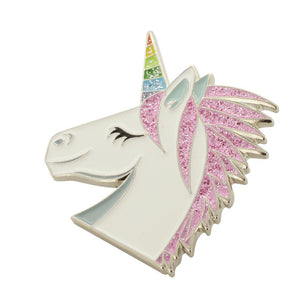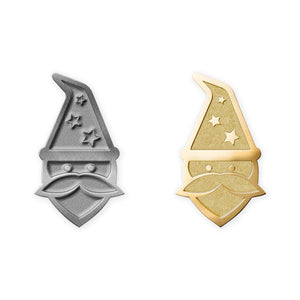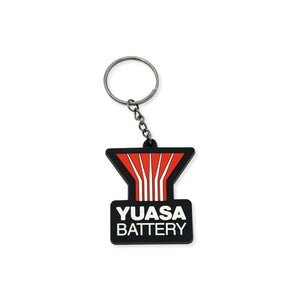During the tense years of the Cold War, a powerful rivalry between the United States and the Soviet Union reached beyond Earth's surface. This global competition led to one of the most exciting and groundbreaking periods in history: the space race. As America raced to reach new heights in space exploration, NASA marked its victories and missions in many ways. One of the most memorable symbols of these achievements came in the form of small, carefully designed commemorative pins.
What Was the Space Race?
The space race was a major part of the Cold War between the United States and the Soviet Union. It began in the late 1950s after the Soviet Union launched Sputnik, the world's first artificial satellite, into orbit in 1957. This event shocked the U.S. and kicked off a fierce competition to prove who had the superior science, technology, and power.
NASA was formed in 1958 as America's main space agency. Over the next two decades, both countries launched astronauts, sent probes to the moon and to other planets, and developed powerful rockets. The race reached its peak in 1969, when NASA's Apollo 11 mission successfully landed astronauts Neil Armstrong and Buzz Aldrin on the moon. This marked a major win for the U.S. and symbolized American success in science and exploration.
- The Space Race
- The 1960s: From Dream to Reality in Ten Years
- Space Race Timeline
- Understanding the Space Race
- Soviets and Americans Race to the Stars
- Projects Mercury, Gemini, and Apollo
NASA's Commemorative Pins
During the space race, NASA created a variety of commemorative pins to honor its missions and personnel. These pins were more than just decorative items; they honored achievement, dedication, and the spirit of exploration. Most NASA pins were crafted from high-quality metals like brass, nickel, or sterling silver. Some were plated in gold or featured enamel inlays for added detail. Over time, these pins have become valuable collector's items, with replicas available for enthusiasts who wish to own a piece of space history.
Mercury 7 Pin
In 1959, NASA introduced the Mercury 7 pin to honor its first group of astronauts. The design combined the astronomical symbol for Mercury with the number 7, representing the original seven astronauts. This simple yet meaningful pin was intended for wear on civilian clothing, such as suit lapels, allowing astronauts to display their affiliation with pride.
Astronaut Badge
Before 1963, all astronauts who had flown missions received a pin designed by the U.S. military. This pin featured a winged design with a star at its center, signifying the astronaut's achievement. The Mercury 7 astronauts, being military personnel, were among the first recipients of this pin.
NASA Astronaut Pin
As space travel became more common, NASA introduced a new pin in 1963 that was not tied to the military. This pin, still in use today, resembles a vertically shooting star with a ring around its base. It was created to represent all astronauts, regardless of military affiliation, reflecting NASA's civilian status. A silver astronaut pin is awarded to astronauts upon completion of their training; once they complete their first flight, they earn a gold version of the pin.
Gold and Diamond Astronaut Pin
A unique version of the gold astronaut pin was created for Deke Slayton, who was one of the Mercury 7 astronauts but was prevented from completing his mission due to a heart defect. This custom pin, made by the crew of Apollo 1 to honor Slayton's work at NASA, has a diamond in place of the star. After the Apollo 1 crew died in a training exercise, the pin was given to Slayton by their widows. The pin was later carried to the moon by Neil Armstrong during the Apollo 11 mission.
Mission-Specific Pins
NASA has also produced pins for specific missions. For example, the Apollo 11 pin featured a bald eagle landing on the moon with an olive branch in its claws, symbolizing a peaceful lunar landing. These mission pins were often given to astronauts, mission control staff, and other personnel involved in the missions. Some have also been made available to the public as commemorative items.
Commemorative pins from the space race may seem small, but they carry a lot of meaning. They represent the hard work, courage, and imagination of the people behind NASA's greatest missions. Today, these pins serve as reminders of one of the most thrilling chapters in American history, a time when reaching for the stars became a reality.







































